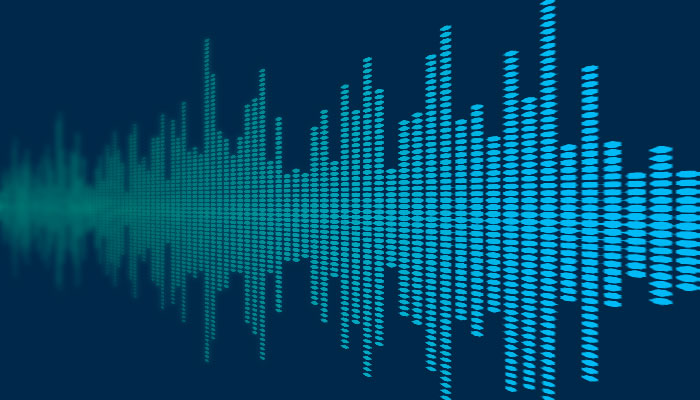
DSP developers respond to power and performance demands.
There has, for a long time, been a direct association between processing power and the amount of cash which designers need to part with in order to take advantage of that power.
But that link has, in the main, been broken and the dsp world is increasingly resembling any other sector of the electronics industry. Today, designers want as much processing power as they can get their hands on, but are looking to pay as little as possible.
This trend has been in process for some time, but has become more obvious of late as the leading dsp manufacturers – such as Analog Devices and Texas Instruments – develop product lines targeted squarely at designers of consumer electronics devices. Where companies designing radars, to name just one application, were more concerned with how quickly data could be processed and displayed and price was not high on the list of priorities, those designing, to take another example, portable media players, are well aware the price tag on the High Street shelf is a major factor in product success.
Alert to the risks

DSP is at the heart of an atrial fibrillation monitor.
Atrial fibrillation is the most common sustained heart rhythm disorder, increasing the risk of heart disease and stroke – both leading causes of death. The condition occurs when the top right chamber of the heart quivers, causing a rapid and irregular beat. Those suffering from atrial fibrillation may experience serious complications and the condition can be life threatening. Although many suffers will be aware of the problem through palpitations, shortness of breath and other symptoms, some people do not know they are in atrial fibrillation – and therefore in danger.
According to US technology developer Lechnologies Research, more than 2million people in the US suffer from atrial fibrillation. In a move to help sufferers monitor their condition on a daily basis, the company has developed the AfibAlert atrial fibrillation monitor.



Comments are closed